Creole Seasoning vs Cajun Seasoning: A Flavorful Comparison for Every Kitchen
If you've ever stood in a spice aisle, staring at jars labeled 'Creole' and 'Cajun,' you're not alone. These two seasonings are often confused, but they each bring their own unique flair to the table. In this article, we'll dive into the differences between creole seasoning and cajun seasoning, explore their origins, and give you practical tips on how to use them like a pro. Whether you're a seasoned chef or just starting out, this guide will help you unlock the full potential of these iconic spice blends.
Table of Contents
- What is Creole Seasoning?
- What is Cajun Seasoning?
- Key Differences Between Creole and Cajun Seasoning
- How to Use Creole and Cajun Seasoning
- Buying Guide: Choosing the Right Seasoning for You
- Frequently Asked Questions
- Conclusion
What is Creole Seasoning?
Creole seasoning has its roots in New Orleans and is a staple in Louisiana cuisine. It's known for being more balanced and slightly milder than its Cajun counterpart. The blend typically includes a mix of spices such as paprika, garlic powder, onion powder, thyme, oregano, cayenne pepper, and black pepper. Some recipes even include bay leaves or celery salt.
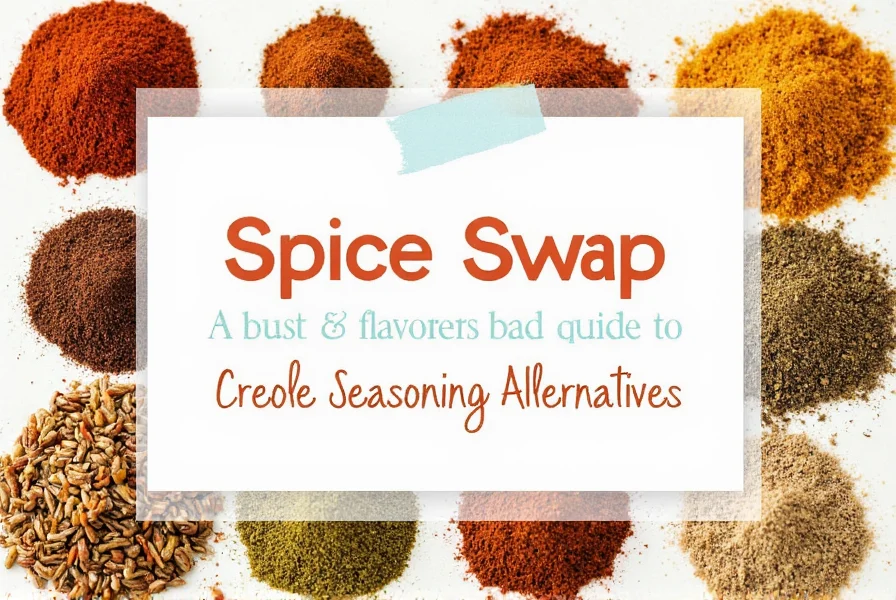
One of the key characteristics of creole seasoning is that it tends to have a more rounded flavor profile. It's often used in dishes like jambalaya, gumbo, and shrimp étouffée. Its versatility makes it a great all-around seasoning for meats, vegetables, and seafood.
What is Cajun Seasoning?
Cajun seasoning, while also rooted in Louisiana, has a bolder and spicier character. It's commonly associated with the Cajun culture of the Acadian region of Louisiana. The blend usually contains similar ingredients to creole seasoning—like paprika, garlic, and onion—but with a stronger emphasis on cayenne pepper and other hot spices.
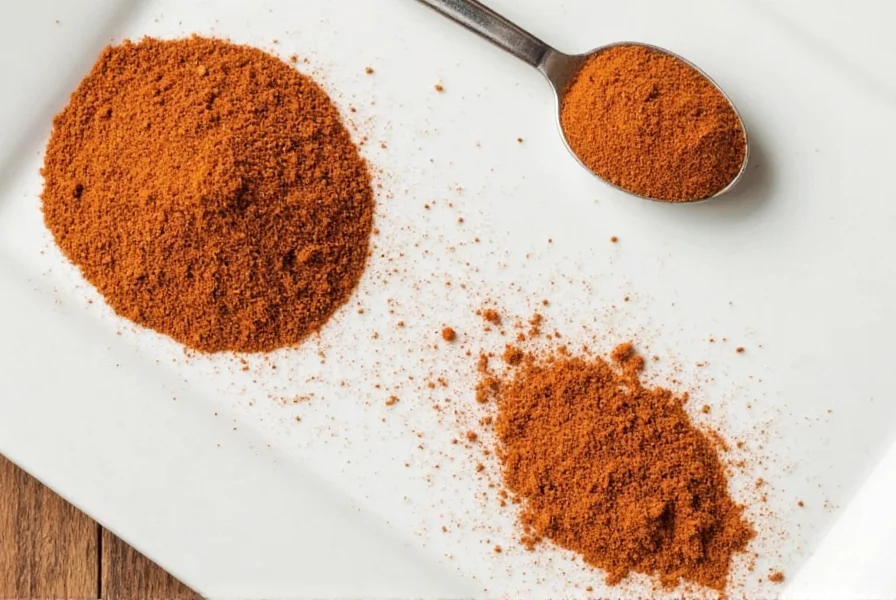
Cajun seasoning is often used in dishes like gumbo, jambalaya, and crawfish boils. It's perfect for those who love a little heat and want their food to pack a punch. The spice level can vary depending on the brand, so it's always a good idea to check the label if you're sensitive to spicy foods.
Key Differences Between Creole and Cajun Seasoning
To help you understand the difference, here's a quick comparison:
| Feature | Creole Seasoning | Cajun Seasoning |
|---|---|---|
| Spice Level | Mild to medium | Medium to hot |
| Flavor Profile | More balanced and herbaceous | Bolder and spicier |
| Common Ingredients | Paprika, garlic, onion, thyme, oregano | Paprika, garlic, onion, cayenne, black pepper |
| Typical Dishes | Jambalaya, gumbo, shrimp étouffée | Crawfish boil, chicken, ribs, grilled meats |
| Origin | New Orleans (Creole culture) | Acadian region (Cajun culture) |
This table highlights the main distinctions, but keep in mind that some brands may blend the two or offer variations. Always read the label to know what you're getting.
How to Use Creole and Cajun Seasoning
Both seasonings are incredibly versatile, but they work best in different contexts. Here are some practical tips for using them:
- Creole Seasoning: Use it on chicken, fish, or vegetables for a more delicate yet flavorful finish. It's also great in soups, stews, and rice dishes.
- Cajun Seasoning: Ideal for grilled meats, fried foods, and bold dishes like gumbo or jambalaya. Add it to your favorite barbecue sauce for extra depth.
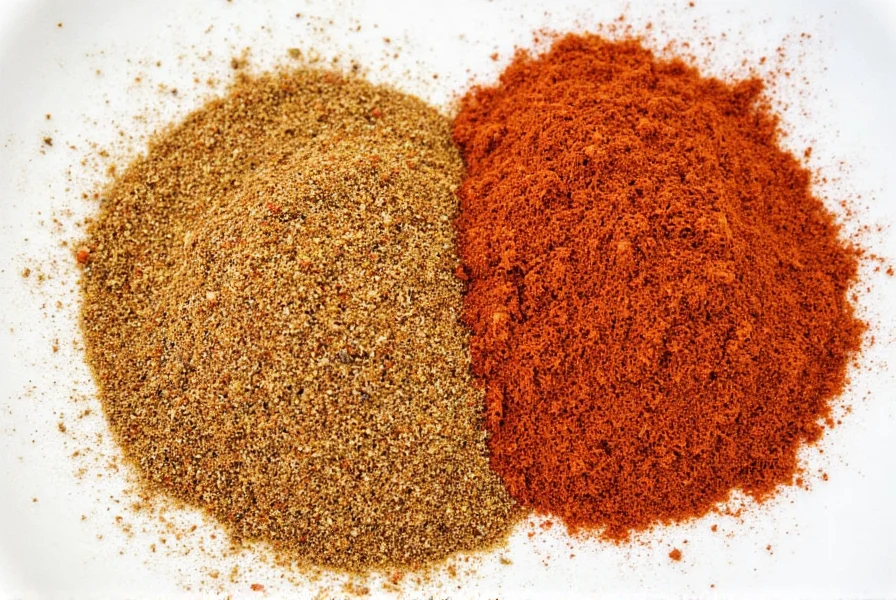
If you're unsure which one to use, start with a small amount and adjust to taste. Remember, both seasonings are meant to enhance, not overpower, your dish.
Buying Guide: Choosing the Right Seasoning for You
With so many brands and varieties available, choosing the right seasoning can be overwhelming. Here's a quick guide to help you make an informed decision:
Top Brands and Their Features
- McCormick Creole Seasoning
- Features: Classic blend with paprika, garlic, onion, thyme, and cayenne.
- Advantages: Affordable and widely available.
- Use Cases: Perfect for everyday cooking and family meals.
- Target Audience: Home cooks and casual chefs.
- Suitable Occasions: Weeknight dinners, potlucks, and backyard grills.
- Justin’s Cajun Seasoning
- Features: Spicy and smoky with a rich blend of herbs and peppers.
- Advantages: High-quality ingredients and bold flavor.
- Use Cases: Grilled meats, seafood, and hearty stews.
- Target Audience: Foodies and those who enjoy a kick of heat.
- Suitable Occasions: Barbecues, parties, and game day snacks.
- Herbs & Spices by Mrs. Dash Creole Seasoning
- Features: Low-sodium option with a mix of traditional spices.
- Advantages: Health-conscious choice without sacrificing flavor.
- Use Cases: Cooking for people with dietary restrictions.
- Target Audience: Health-focused individuals and families.
- Suitable Occasions: Light meals, healthy lunches, and dinner parties.
When buying, look for a balance of spices and avoid products with unnecessary additives. If you're looking for a more authentic experience, consider making your own blend at home!
Frequently Asked Questions
- Can I substitute Creole seasoning for Cajun seasoning and vice versa?
Yes, but the flavor will change. Creole seasoning is milder and more herb-forward, while Cajun seasoning is spicier and bolder. Use a smaller amount if substituting.
- Is there a difference in heat level between the two?
Yes. Cajun seasoning generally has more cayenne or chili pepper, making it hotter than Creole seasoning.
- Can I make my own Creole or Cajun seasoning?
Absolutely! A basic Creole blend might include paprika, garlic powder, onion powder, thyme, oregano, and a pinch of cayenne. For Cajun, add more cayenne, black pepper, and maybe a bit of smoked paprika.
- Are these seasonings only used in Southern U.S. cuisine?
No. While they’re popular in Louisiana, they’ve become global staples and are used in many international dishes too.
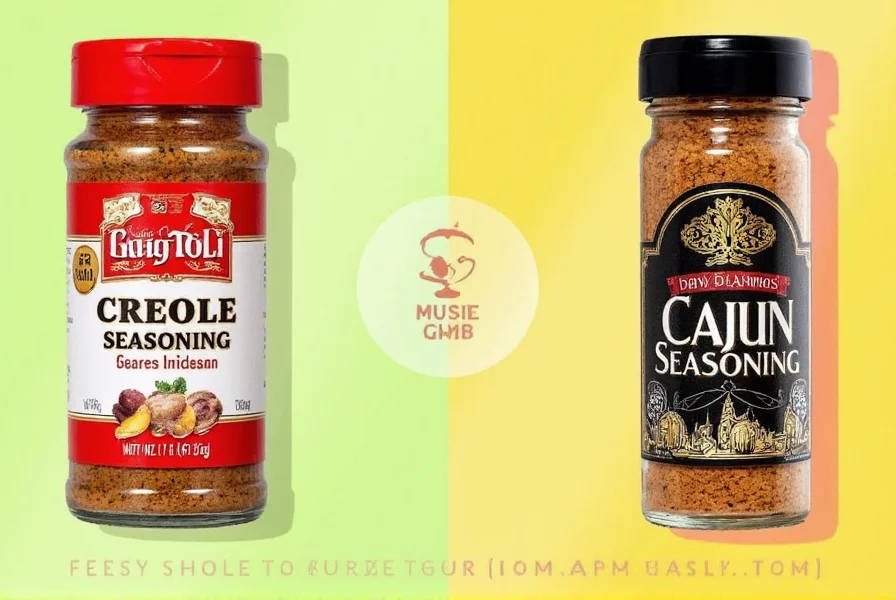
Conclusion
In summary, creole seasoning vs cajun seasoning offers two distinct flavor profiles that can elevate your cooking in different ways. Creole seasoning is the go-to for a more balanced, herb-rich flavor, while Cajun seasoning brings the heat and boldness that many crave. Understanding the difference between the two can help you choose the right seasoning for your dish, whether you're making a simple weeknight meal or a festive feast.
Whether you're a seasoned chef or just starting out, experimenting with these seasonings can open up a whole new world of flavor. So next time you're in the kitchen, don't be afraid to play around with creole and cajun seasoning—your taste buds will thank you.

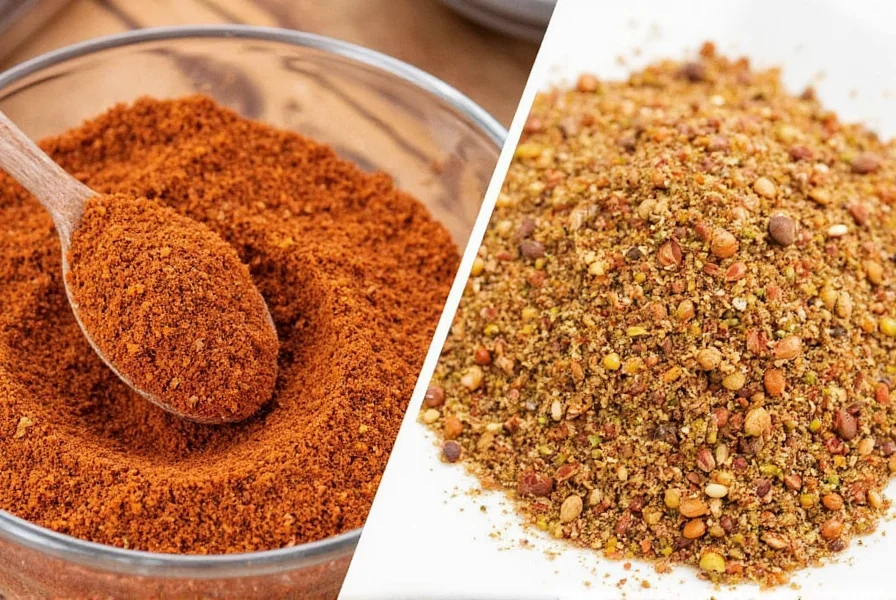









 浙公网安备
33010002000092号
浙公网安备
33010002000092号 浙B2-20120091-4
浙B2-20120091-4